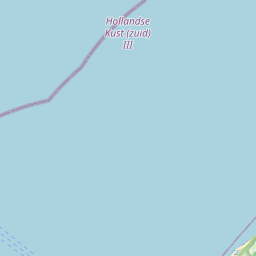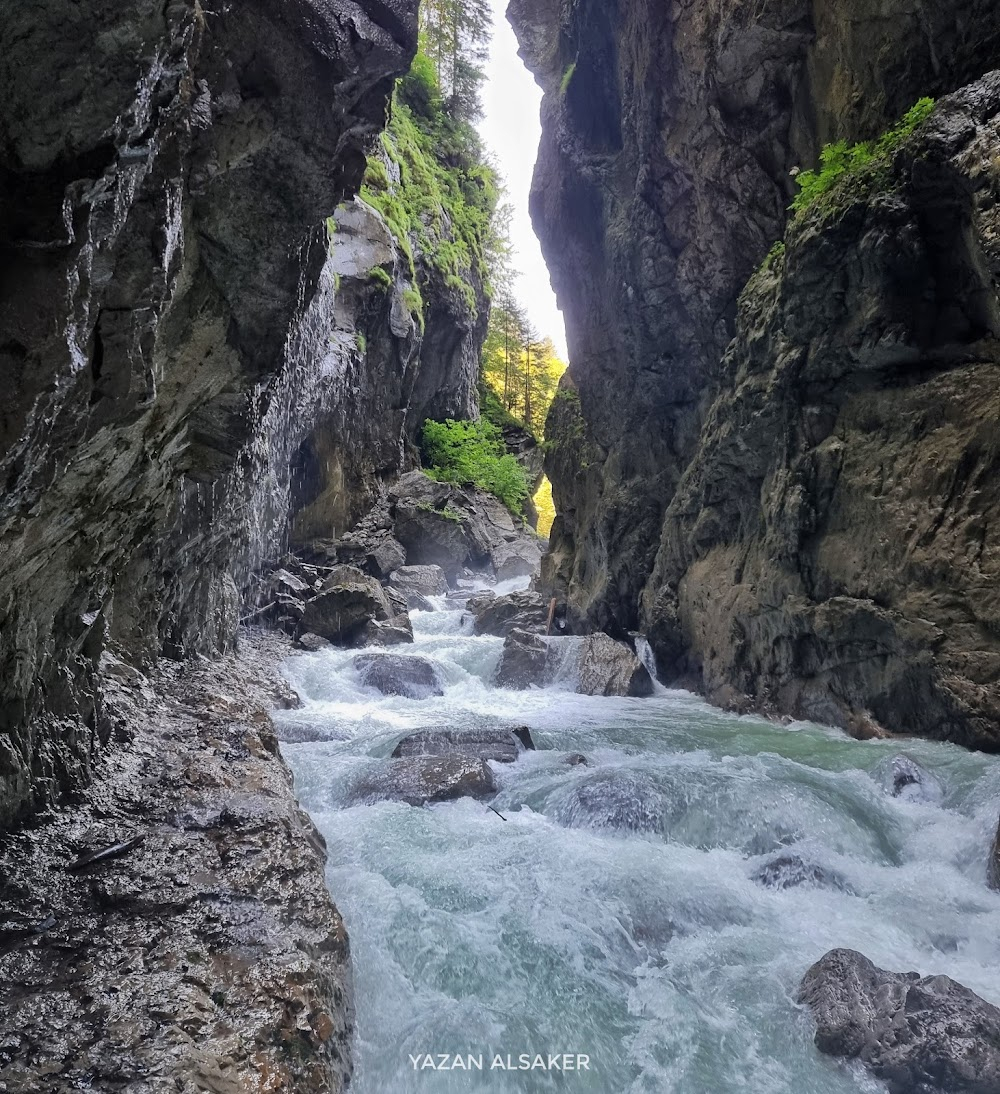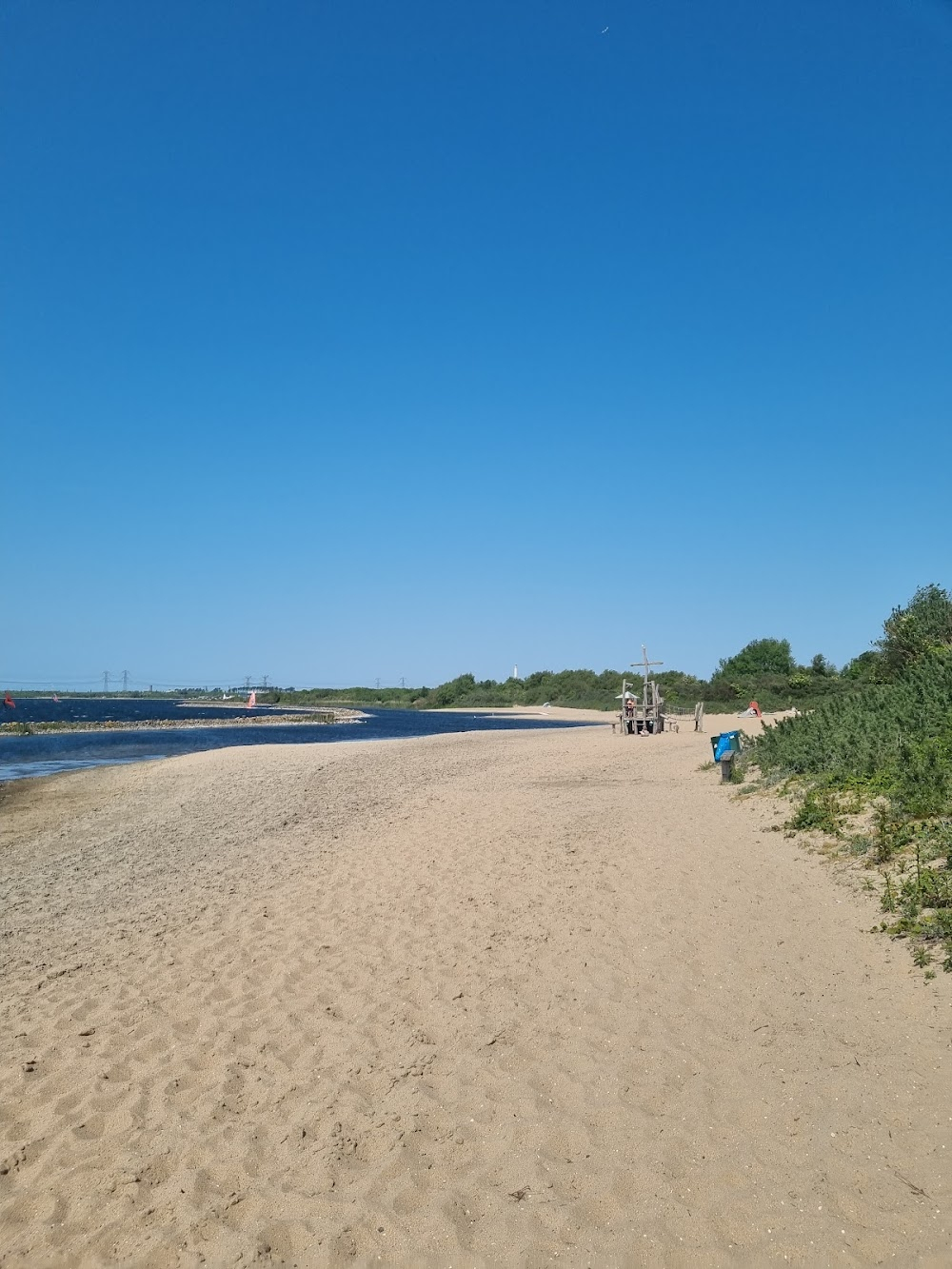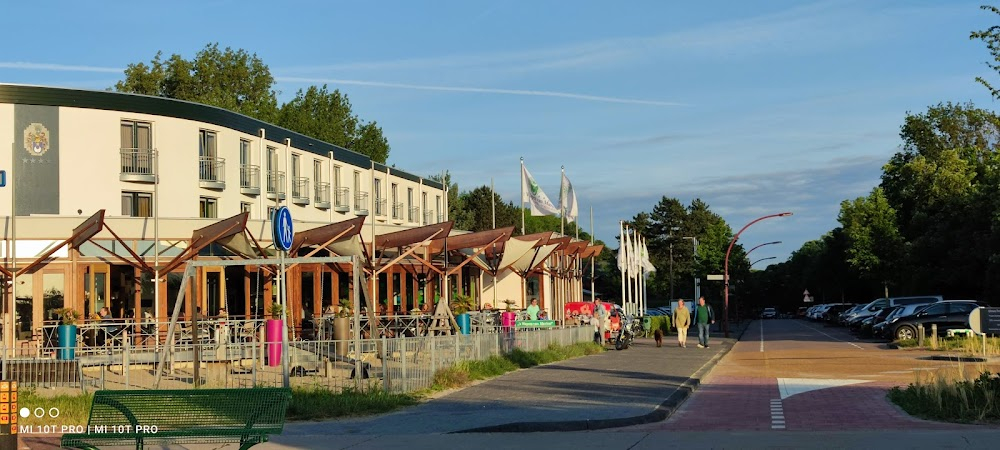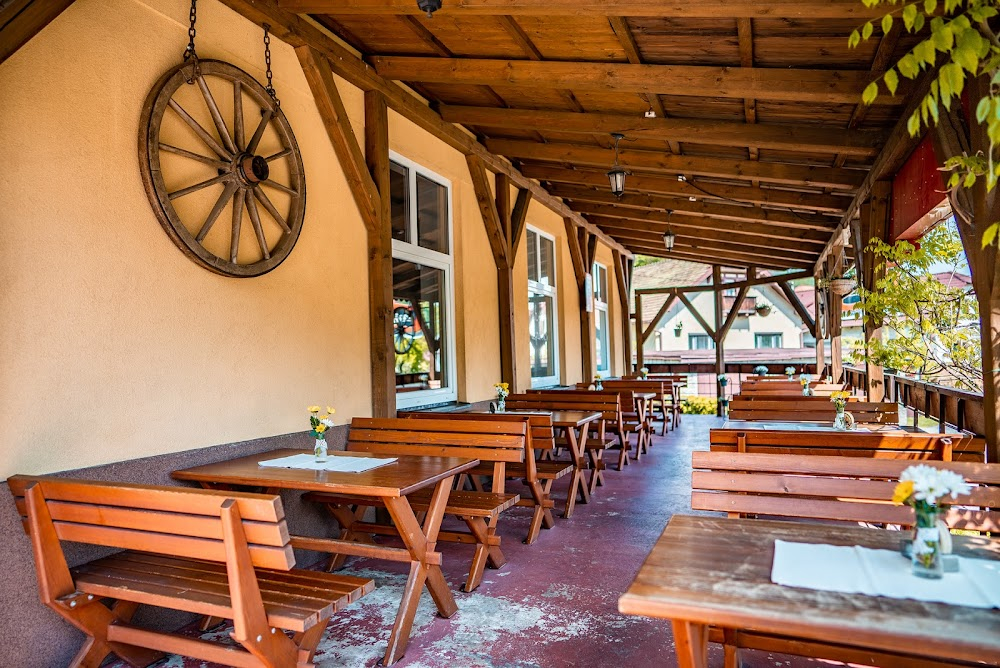Nosferatu - Phantom der Nacht Filming Locations

Where was Nosferatu - Phantom der Nacht filmed? Nosferatu - Phantom der Nacht was filmed in 24 locations across Netherlands, Mexico, Slovakia, Czech Republic and Germany in the following places:
Nosferatu - Phantom der Nacht Filming Locations
Delft, a canal-ringed city in the western Netherlands, is known as the manufacturing base for Delftware, hand-painted blue-and-white pottery. In its old town, the medieval Oude Kerk is the burial site of native son and Dutch Master painter Johannes Vermeer. Once the seat of the royal House of Orange, the 15th-century Nieuwe Kerk houses the family's tombs and overlooks Delft's lively market square.
Guanajuato is a city in central Mexico. It's known for its silver mining history and colonial architecture. Its network of narrow streets, alleyways and tunnels is typified by the Callejón del Beso (Alley of the Kiss), so named because the balconies are close enough for a couple to reach across and kiss. In a former granary, the Alhóndiga de Granaditas is an art and local history museum with pre-Columbian exhibits.
Schiedam is a city and municipality in the west of the Netherlands. It is located in the Rotterdam–The Hague metropolitan area, west of Rotterdam, east of Vlaardingen, and south of Delft. In the south the city is connected with the village of Pernis by the Beneluxtunnel.
South Holland is a province of the Netherlands with a population of over 3.8 million as of January 2023 and a population density of about 1,410/km², making it the country's most populous province and one of the world's most densely populated areas.
Oostvoorne is a town in the Dutch province of South Holland. It is a part of the municipality of Voorne aan Zee, and lies about 9 km north of Hellevoetsluis. In 2001, the town of Oostvoorne had 5,403 inhabitants, the built-up area of the town was 1.9 km², and contained 2,274 residences.
Bavaria, officially the Free State of Bavaria, is a state in the southeast of Germany. With an area of 70,550.19 km², it is the largest German state by land area, comprising roughly a fifth of the total land area of Germany.
Lübeck is a northern German city distinguished by Brick Gothic architecture, which dates to its time as the medieval capital of the Hanseatic League, a powerful trading confederation. Its symbol is the Holstentor, a red-brick city gate that defended the river-bounded Altstadt (old town). Rebuilt following WW II, the Marienkirche is a 13th–14th-century landmark that widely influenced Northern European church design.
Telč is a town in the southern Czech Republic. It’s known for its Italian Renaissance architecture including the chateau, formerly a Gothic castle, with carved wood ceilings. The Highlands Museum includes a model of the city. Colorful houses with arcades and ornamental gables ring Zachariáš of Hradec Square. In the square are the 18th-century Marian Column and St. James Church, the latter with Gothic frescoes.
Slovakia, officially the Slovak Republic, is a landlocked country in Central Europe. It is bordered by Poland to the north, Ukraine to the east, Hungary to the south, Austria to the west, and the Czech Republic to the northwest.
Schleswig-Holstein is Germany's northernmost state. The southern city of Lübeck is known for the Holstentor, a red-brick city gate from the 1400s, and the rebuilt Gothic-style Lübeck Cathedral. Its central Marienkirche, a 13th–14th-century church, is a landmark of northern European church design. Farther north, near the city of Kiel, the Laboe Naval Memorial is dedicated to the fallen soldiers of WWI and WWII.
The Czech Republic, also known as Czechia, is a landlocked country in Central Europe. Historically known as Bohemia, it is bordered by Austria to the south, Germany to the west, Poland to the northeast, and Slovakia to the southeast.
The Netherlands, a country in northwestern Europe, is known for a flat landscape of canals, tulip fields, windmills and cycling routes. Amsterdam, the capital, is home to the Rijksmuseum, Van Gogh Museum and the house where Jewish diarist Anne Frank hid during WWII. Canalside mansions and a trove of works from artists including Rembrandt and Vermeer remain from the city's 17th-century "Golden Age."
Germany is a Western European country with a landscape of forests, rivers, mountain ranges and North Sea beaches. It has over 2 millennia of history. Berlin, its capital, is home to art and nightlife scenes, the Brandenburg Gate and many sites relating to WWII. Munich is known for its Oktoberfest and beer halls, including the 16th-century Hofbräuhaus. Frankfurt, with its skyscrapers, houses the European Central Bank.
Nosferatu - Phantom der Nacht (1979)
Count Dracula moves from Transylvania to Wismar, spreading the Black Plague across the land. Only a woman pure of heart can bring an end to his reign of horror.

